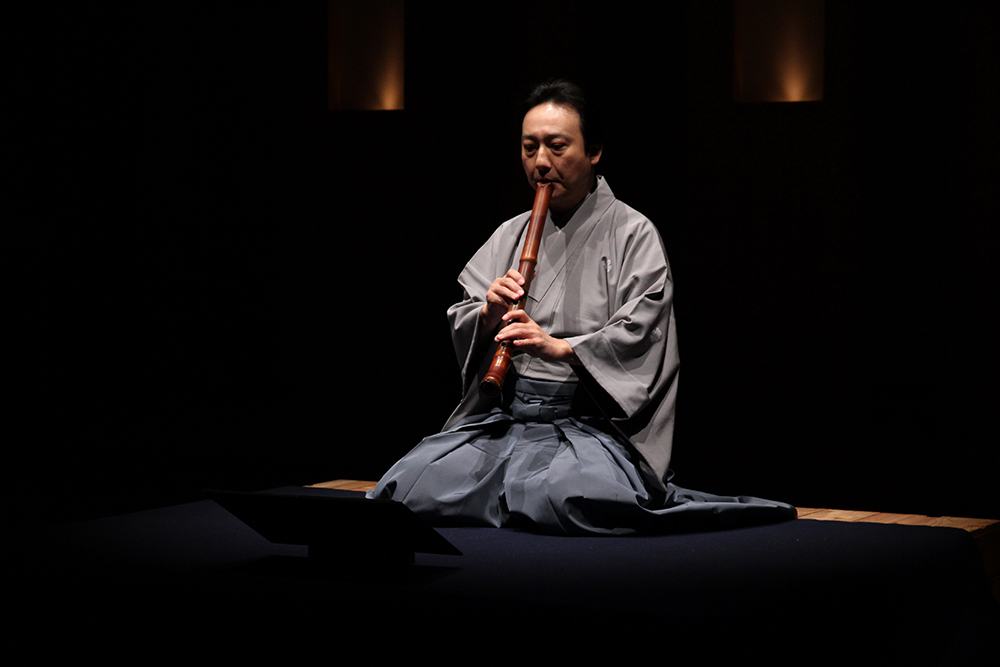The shakuhachi, a traditional Japanese bamboo flute, has enchanted listeners for centuries with its haunting, serene tones, deeply rooted in Zen Buddhist practice. This special instrument not only soothes the soul but also serves as a powerful tool for meditation.
Nowadays, musicians are blending the shakuhachi’s timeless sound with modern music styles, creating a unique fusion that captivates contemporary audiences.
Ready to dive into the world of the shakuhachi? Let’s explore how to play this mesmerizing wind flute and discover its place in today’s musical landscape!
Shakuhachi History
The shakuhachi started in China and was brought to Japan by Buddhist monks in the 8th century. It was used for religious ceremonies and meditation, and also by wandering monks to beg for alms.
In the 14th century, a strict form of Zen Buddhism called the Fuke sect made playing the shakuhachi a key part of their practice. They believed it helped achieve enlightenment through its calm and thoughtful sounds.
In the 17th century, the shakuhachi changed a lot in structure and playing style, becoming what we know today. It also became popular among regular musicians, who used it in traditional Japanese music and entertainment.
Playing the Shakuhachi
Traditionally, the shakuhachi is played sitting down with closed eyes to help focus. The player blows air through a small mouthpiece at one end of the flute. They change the pitch by shaping their lips and covering finger holes along its length.
Breathing
Deep, controlled breathing is key to playing the shakuhachi’s. It creates the sound you want and helps you stay calm. The player breathes in through the nose and breathes out slowly and steadily, making a smooth, constant sound.
Posture
Playing the shakuhachi needs good posture. It involves deep breathing and sitting for a long time. The player should sit with their back straight and legs crossed, staying grounded.
Mindfulness
The shakuhachi’s is about more than just making beautiful sounds; it’s about being in the moment. When you play, focus on your breath and how it feels to play the flute. Let any distractions or thoughts fade away.
Shakuhachi Techniques
Several techniques are used in playing the shakuhachi. “Meri” lowers the pitch by tilting the flute down. “Kari” raises the pitch by tilting it up.
Another technique is “su-u.” It makes a deep sound by slightly opening one end of the flute while blowing into it. This gives the shakuhachi’s a unique and haunting tone.
Modern Music Fusion
Today, many musicians use the Shakuhachi wind flute in jazz, rock, and electronic music. This mix creates a blend of old and new sounds.
Famous artists like John Coltrane, Led Zeppelin’s Jimmy Page, and Björk have used the shakuhachi in their songs. It gives a unique touch and a calm feeling to the listener.
Experience Zen with the Shakuhachi Wind Flute
This wind flute is more than a musical instrument; it’s a way of life. With deep ties to Zen meditation, it has made beautiful melodies for centuries. As it blends with modern music, it will keep enchanting people worldwide. Whether you want to add calm to your routine or explore new sounds, the shakuhachi is ready for you. Let the journey begin!
Is this article helpful? Keep reading our blog for more.



